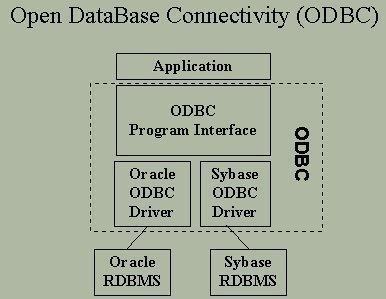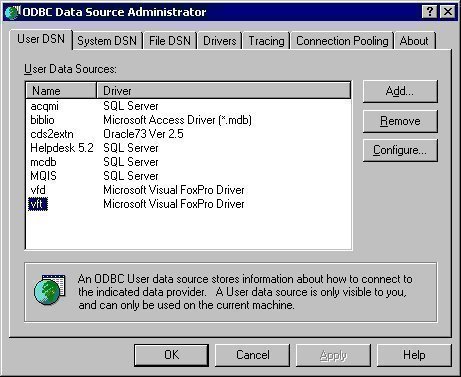A multimedia database is a database that hosts one or more primary media file types such as .txt (documents), .jpg (images), .swf (videos), .mp3 (audio), etc. And loosely fall into three main categories:
- Static media (time-independent, i.e. images and handwriting)
- Dynamic media (time-dependent, i.e. video and sound bytes)
- Dimensional media (i.e. 3D games or computer-aided drafting programs- CAD)
All primary media files are stored in binary strings of zeros and ones, and are encoded according to file type.
The term "data" is typically referenced from the computer point of view, whereas the term "multimedia" is referenced from the user point of view.
Types of Multimedia Databases
There are numerous different types of multimedia databases, including:
- The Authentication Multimedia Database (also known as a Verification Multimedia Database, i.e. retina scanning), is a 1:1 data comparison
- The Identification Multimedia Database is a data comparison of one-to-many (i.e. passwords and personal identification numbers
- A newly-emerging type of multimedia database, is the Biometrics Multimedia Database; which specializes in automatic human verification based on the algorithms of their behavioral or physiological profile.
This method of identification is superior to traditional multimedia database methods requiring the typical input of personal identification numbers and passwords-
Due to the fact that the person being identified does not need to be physically present, where the identification check is taking place.
This removes the need for the person being scanned to remember a PIN or password. Fingerprint identification technology is also based on this type of multimedia database.
Difficulties Involved with Multimedia Databases
The difficulty of making these different types of multimedia databases readily accessible to humans is:
- The tremendous amount of bandwidth they consume;
- Creating Globally-accepted data-handling platforms, such as Joomla, and the special considerations that these new multimedia database structures require.
- Creating a Globally-accepted operating system, including applicable storage and resource management programs need to accommodate the vast Global multimedia information hunger.
- Multimedia databases need to take into accommodate various human interfaces to handle 3D-interactive objects, in an logically-perceived manner (i.e. SecondLife.com).
- Accommodating the vast resources required to utilize artificial intelligence to it's fullest potential- including computer sight and sound analysis methods.
- The historic relational databases (i.e the Binary Large Objects – BLOBs- developed for SQL databases to store multimedia data) do not conveniently support content-based searches for multimedia content.
This is due to the relational database not being able to recognize the internal structure of a Binary Large Object and therefore internal multimedia data components cannot be retrieved…
Basically, a relational database is an "everything or nothing" structure- with files retrieved and stored as a whole, which makes a relational database completely inefficient for making multimedia data easily accessible to humans.
In order to effectively accommodate multimedia data, a database management system, such as an Object Oriented Database (OODB) or Object Relational Database Management System (ORDBMS).
Examples of Object Relational Database Management Systems include Odaptor (HP): UniSQL, ODB-II, and Illustra.
The flip-side of the coin, is that unlike non-multimedia data stored in relational databases, multimedia data cannot be easily indexed, retrieved or classified, except by way of social bookmarking and ranking-rating, by actual humans.
This is made possible by metadata retrieval methods, commonly referred to as tags, and tagging. This is why you can search for dogs, as an example, and a picture comes up based on your text search tem.
This is also referred to a schematic mode. Whereas doing a search with a picture of a dog to locate other dog pictures is referred to as paradigmatic mode.
However, metadata retrieval, search, and identify methods severely lack in being able to properly define uniform space and texture descriptions, such as the spatial relationships between 3D objects, etc.
The Content-Based Retrieval multimedia database search method (CBR), however, is specifically based on these types of searches. In other words, if you were to search an image or sub-image; you would then be shown other images or sub-images that related in some way to your the particular search, by way of color ratio or pattern, etc.




christina Ridings
I am writing a research paper from my data foundations class about Database Models For Multimedia I want to cite with I got this information can you please tell me who write this article.
Thank you,
Christina Ridings
farmanullah
plz send some slides about multimedia database